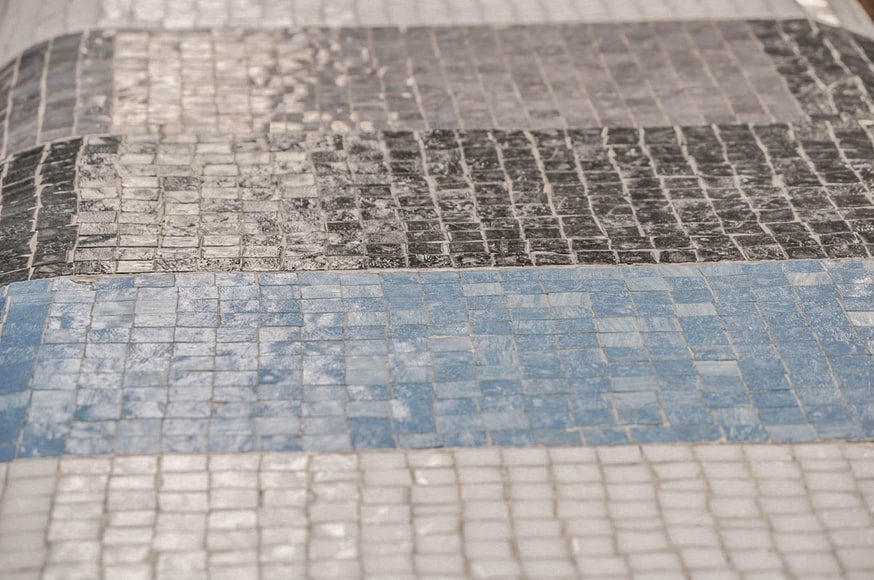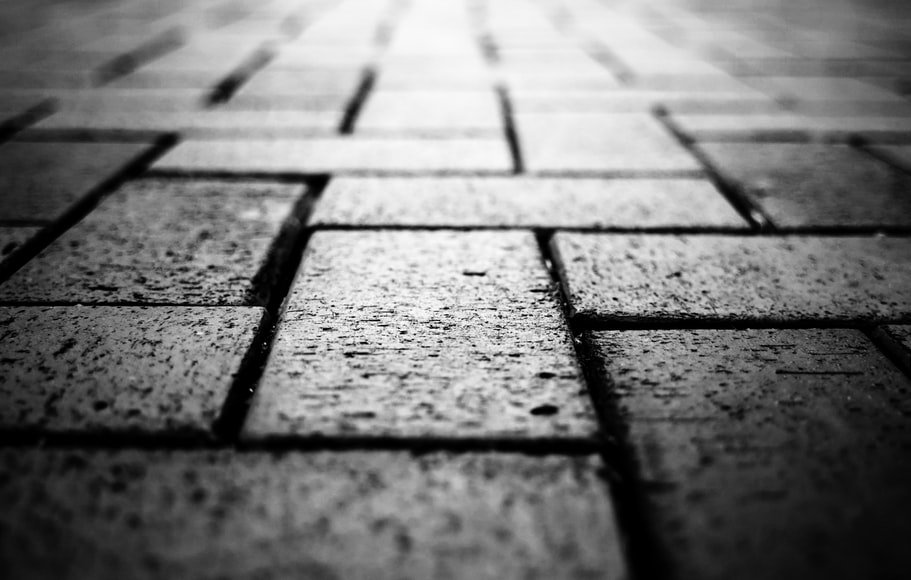Asphalt is the common driveway paving option since it’s suitable for any climate. Besides, asphalt has several advantages over other paving options like concrete, bricks, and other paving materials. The color and durability of asphalt allow it to stand up to any weather.
Moreover, it’s easier to maintain asphalt than gravel and is cheaper than concrete or brick driveway. Also, asphalt provides a safe walking and driving surface, with very little keep up—and that’s why most homeowners choose this option. And, since the process of installing an asphalt pavement requires specific equipment and lots of labor, it should be done by an experienced asphalt professional.
With that said, one might be wondering, is asphalt pavement expensive? Well, the cost of your asphalt pavement maintenance and installation will entirely depend on several factors. And when planning to install an asphalt driveway, you need to gather all the important details, as this allows you to make the best practical and financial decisions for your project.
1. But first, how much does an asphalt pavement cost?
The average cost of installing an asphalt pavement is $4,737—with a range of $2,900 – $6,600. It will cost you around $7 – $13 per square foot to install an asphalt pavement. This cost is inclusive of labor and material costs. However, if you want to replace your asphalt pavement, it will cost you around $8 – $15 per square foot. Now, since you understand the average cost of installing an asphalt pavement, what factors affect the overall cost of asphalt pavement?
2. Size of the project
The larger the area of the asphalt pavement, the higher the cost. This is because more material needs to be used in servicing a large size compared to a small one. Additionally, as explained above, asphalt comes with various benefits that make it suitable for any climate and weather conditions. For this reason, most people decide to pave their entire driveway, which is why more material needs to be used on such a project, hence increasing its overall cost.
But on average, you can expect to spend around $8 – $15 per square foot if your asphalt pavement installation includes replacement services like resurfacing or overlaying your existing road surface.
An overlay involves applying hot mix asphalt over the current gravel and crushed stone, whereas resurfacing involves the use of a brand new layer of hot mix asphalt over an existing road surface. This is done to create a more durable and smoother road surface for better traction and long-term protection against any damage or corrosion.
3. Type or quality of aggregate used
Different types of aggregates are typically used in the construction of the pavement. The most commonly used type is crushed stone, which can be further classified into coarse, fine, very fine, and superfine. A standard-sized aggregate that measures ½” – ¾” will cost around $7 – $8 per ton.
Costs are higher when using finer grades. Furthermore, you need to ensure that the ordered material is suitable for the pavement you want to create. For example, some aggregates are ideal for use in warmer climates, while some are better suited for colder climates. This is because they’re either more durable or cheaper than others which may be needed depending on the climate.
4. The difficulty of the project
Asphalt pavement costs vary depending on their levels of difficulty. For instance, asphalt pavement cost will go up (or down) if it’s large in size or area; has an unusual shape; has a complicated design; and requires more complex installations like curbs, drainage systems, etc. Additionally, some factors affect the overall cost of asphalt pavement installation, such as:
- Your location
- Accessibility to materials
- Weather conditions
- Time constraints (i.e., working hours)
5. Labor cost
According to the experts from CSG Sealcoating, Tampa, most contractors factor in labor costs in their estimate since they determine how much money should be charged for equipment, fuel, and the number of workers needed to complete the job. If you hire a contractor who employs more workers, your cost will decrease. Likewise, if you choose to work with one that uses less labor, your price will be higher.
6. Location of where asphalt pavement is located
This is an important factor in determining how much asphalt pavement costs because location affects many things such as transportation costs (i.e., getting materials from quarries or mines), fueling expenses, and worker wages.
7. Asphalt pavement maintenance costs
The cost of asphalt maintenance can vary depending on the quality of the material used for paving your driveway, parking lot, or highway. For example, if you choose to go with a low-quality asphalt product, you need to spend more money on repairs every few years, which means that your overall expense is higher than when you use top-quality pavers.
8. Experience of the contractors
The contractors’ experience is one thing that will determine how much money you should spend on contracting services like resurfacing or overlay. A contractor that charges less than the average price may not necessarily mean that they’re offering a great deal since they often don’t know how to do the job properly. However, there may be times when you can find a contractor that charges less than $3 per square yard but is still able to give you the quality work results that you want.
Read Also:

























